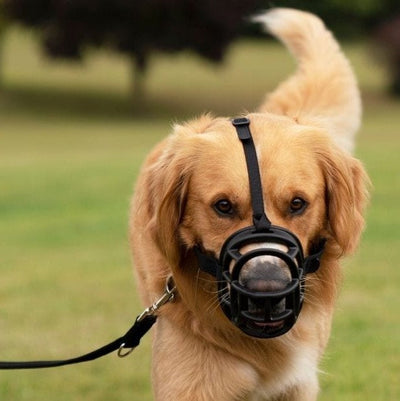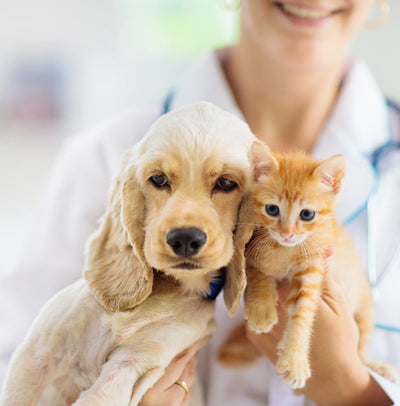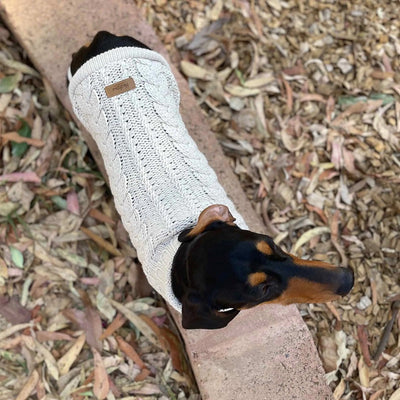It is not uncommon for dogs to be motivated by food and let’s face it, when our favorite food is about its pretty motivating for us too! As a result, some dogs literally gulp their food down in a few seconds as if they haven’t eaten in days or may never eat again. The consequences of this fast eating method has the potential for the dog to immediately vomit up the food, choke on un-chewed pieces of food (this can also happen with chicken necks as well as dried food) and it can also place them at risk of suffering from the life threatening condition of bloat compared to those that eat at a slower pace.
What exactly is 'bloat' in a dog?
The correct term for bloat is gastric dilatation, and it occurs when the stomach has filled up with gas and air. This stage is uncomfortable for your pet but not life threatening and they may be able to relive it by belching.
The second stage known as gastric dilatation volvulus or GDV for short, is much more serious and this occurs when the blood supply to other organs is cut off due to the bloated stomach twisting around on itself and becoming blocked off at both ends. This stage is life-threatening and in 30 percent of cases this is fatal.
Recognising the early signs and seeking veterinary intervention is critical. Symptoms include, trying to vomit, belching and the obvious sign which is an enlarged belly. Your dog may also have trouble getting comfortable and may move around a lot.
Although bloat has the potential to occur in any breed, those with deep chests including Great Danes, Standard Poodles and German Shepherds are more at risk.
Preventing bloat in dogs
There is still some debate amongst the veterinary profession as to why bloat occurs and all the causes of it. If you have a breed that may be predisposed to it, here are the top 4 tips to limit the chance of it occurring.
1. Slow down the feeding
Dogs that swallow plenty of air due to eating to quickly are at risk. You can slow this down by using a slow feed bowl.
2. Limit exercise after eating
Vigorous exercise after eating leads to heavy panting and excess water intake, both potential causes of bloat, allow an hour before heavy exercise.
3. Break the meal into several small feeds per day
Dogs need to eat a certain amount of food per day to stay healthy. Although it is convenient to feed an adult dog once a day, for breeds that may suffer bloat, break the meal up into two or even three feeds. This also helps to establish a routine for dogs as well.
4. Use a puzzle feeder or treat-release toy
Many dog owners are now familiar with puzzle or treat toys. Aside from providing great mental stimulation for your dog, they dramatically slow down the rate that a dog can eat its food as the biscuits only come out of a small opening in the toy one or a few at a time.
As always, if you suspect that there is an issue with your dog, especially if you notice of any of the symptoms or have a breed that may be predisposed to bloat, seek immediate veterinary attention.
For further information, call in & see us in the store, or email us: admin@weknowpets.com.au
4/72-76 Station St Bowral NSW 2576
PH: 024862 1175
© weknowpets 2017





